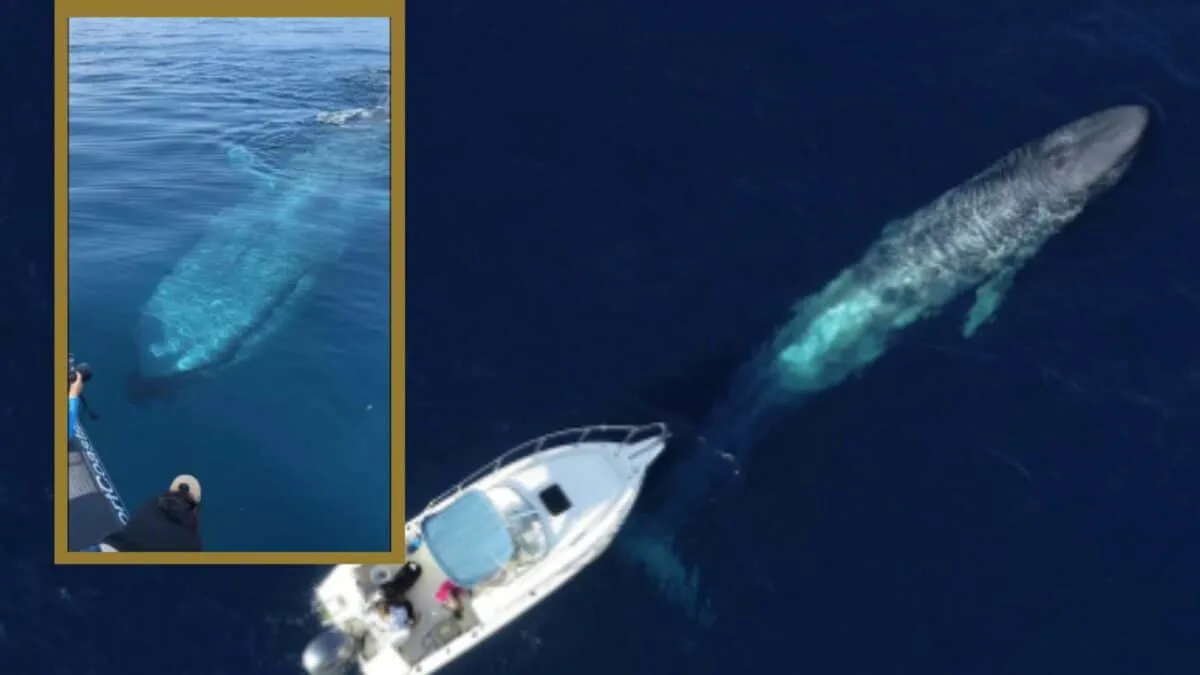Dive into the mesmerizing world of the blue whale, the ocean’s gentle giant, and discover the awe-inspiring beauty of nature’s largest creature. Let’s embark on the time a few lucky whale watchers encounter a 100-ft-Long Blue Whale.
The Scene
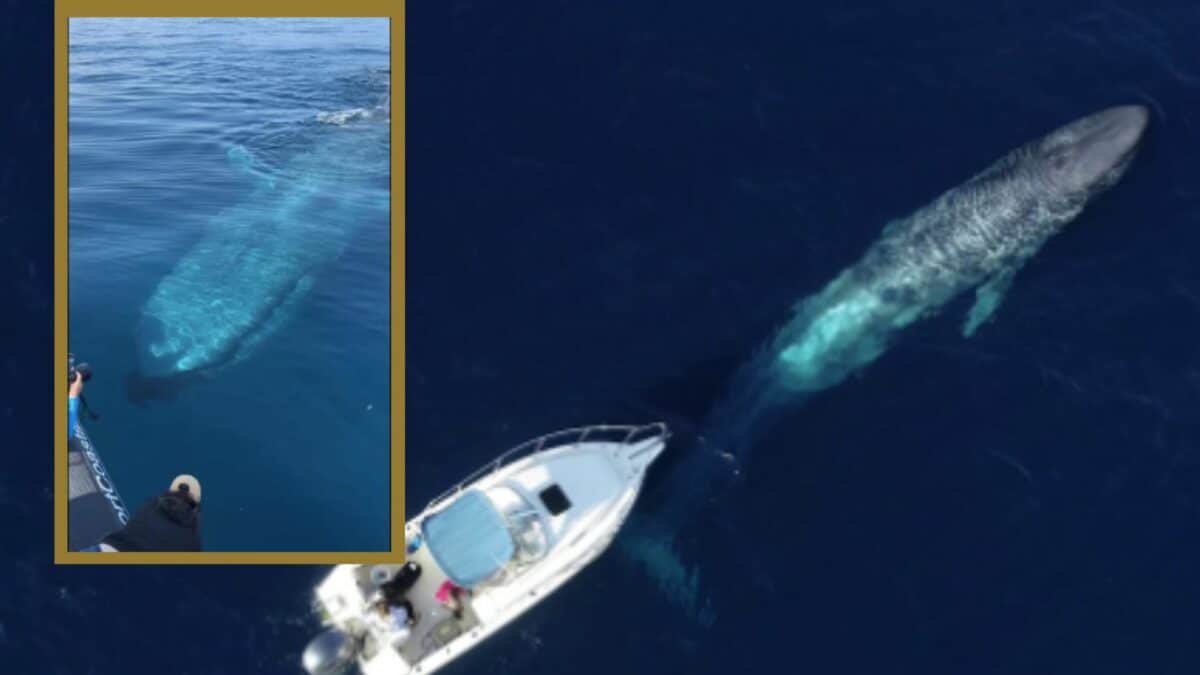
The ocean’s vastness holds many secrets; among them are the majestic creatures that call it home. One such creature, the blue whale, is a marvel of nature. Recently, a group of whale watchers had the once-in-a-lifetime experience of encountering a 100-foot-long blue whale, a sight that left them in awe. This article delves into the fascinating world of blue whales, offering readers a glimpse into the life of the largest animal on Earth.
The Majestic Blue Whale: A Quick Dive
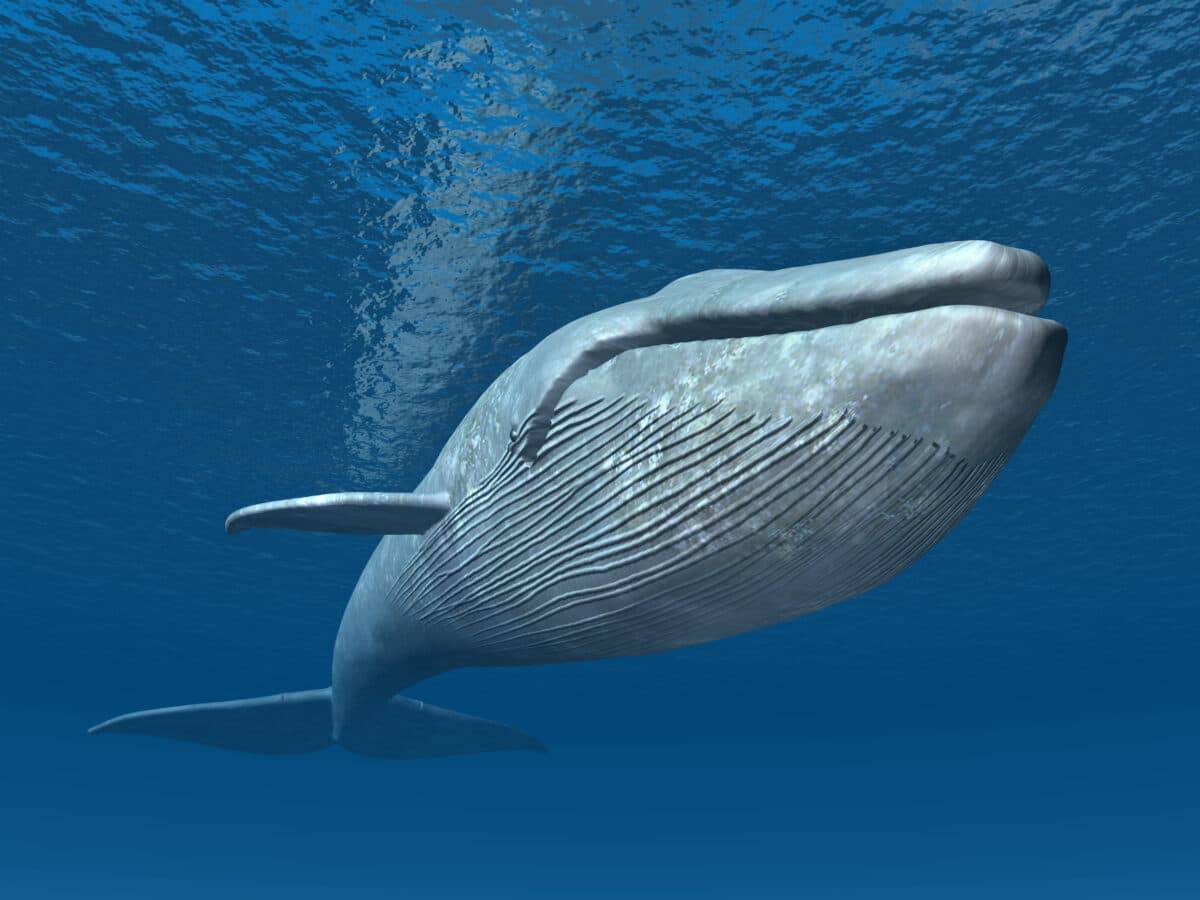
The blue whale, scientifically known as *Balaenoptera musculus*, is the largest animal known to have existed. To put things into perspective, the heart of a blue whale is so massive that a human could swim through its arteries!
Size Matters
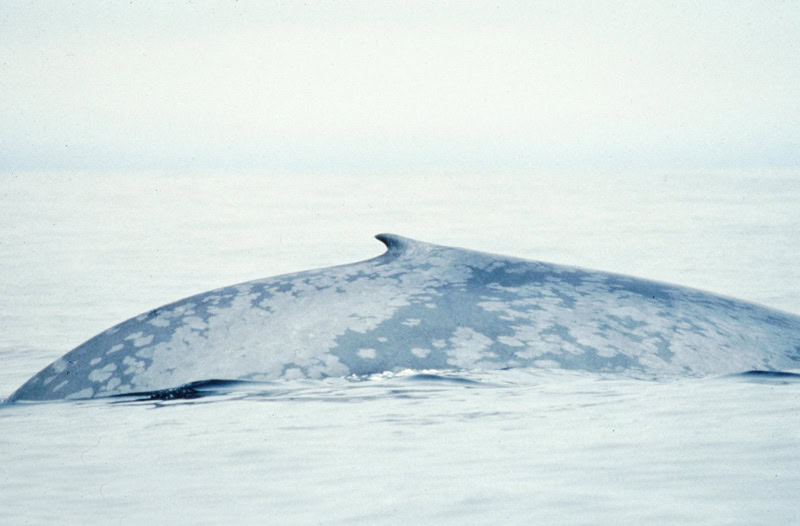
Adult blue whales can reach lengths of up to 100 feet and weigh as much as 200 tons. That’s equivalent to the weight of about 30 elephants!
A Big Appetite
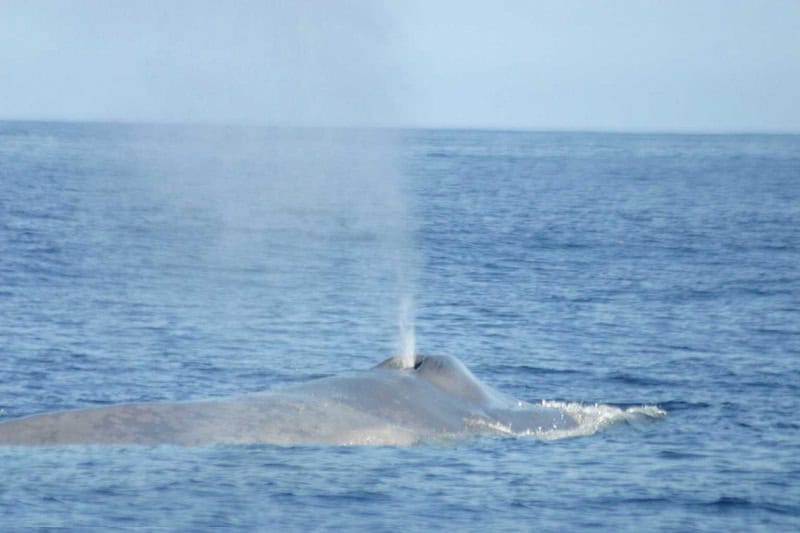
Despite their enormous size, blue whales primarily feed on tiny shrimp-like animals called krill. During feeding seasons, a blue whale can consume up to 4 tons of krill daily.
The Song of the Sea

One of the most captivating aspects of blue whales is their song. These giants produce a series of pulses, groans, and moans that can be heard for miles underwater. Their songs are not just random noises; they serve various purposes:
Communication:

Blue whales use their songs to communicate with other members of their species. Each piece is unique and can convey different messages.
Navigation:
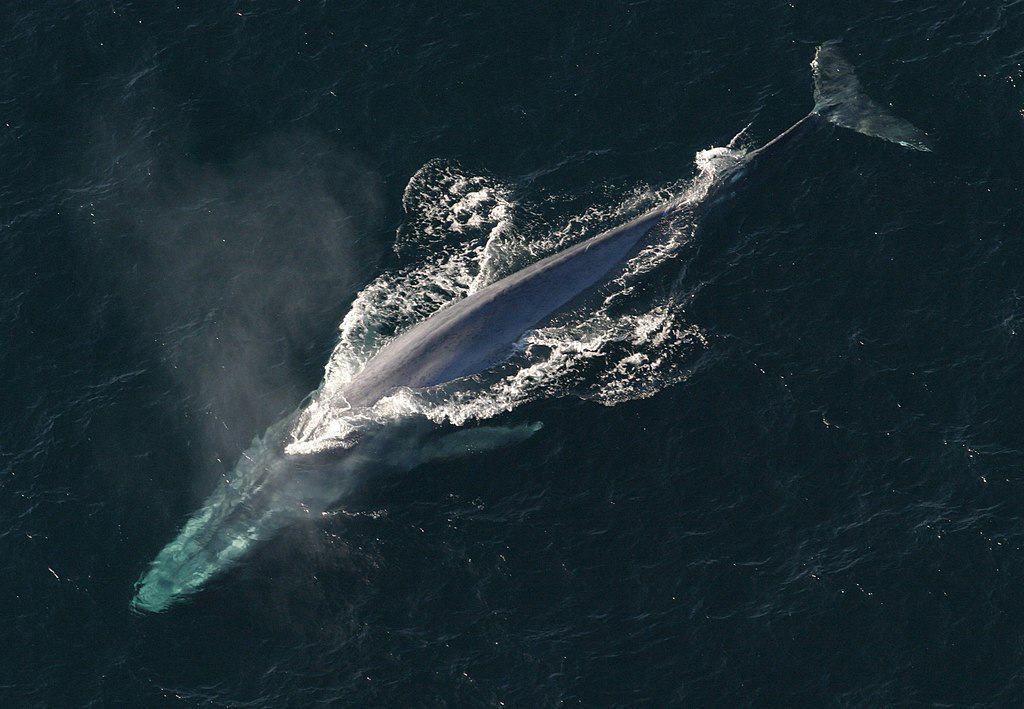
The songs also play a crucial role in navigation, helping these marine giants find their way through the vast oceans.
Mating Calls:
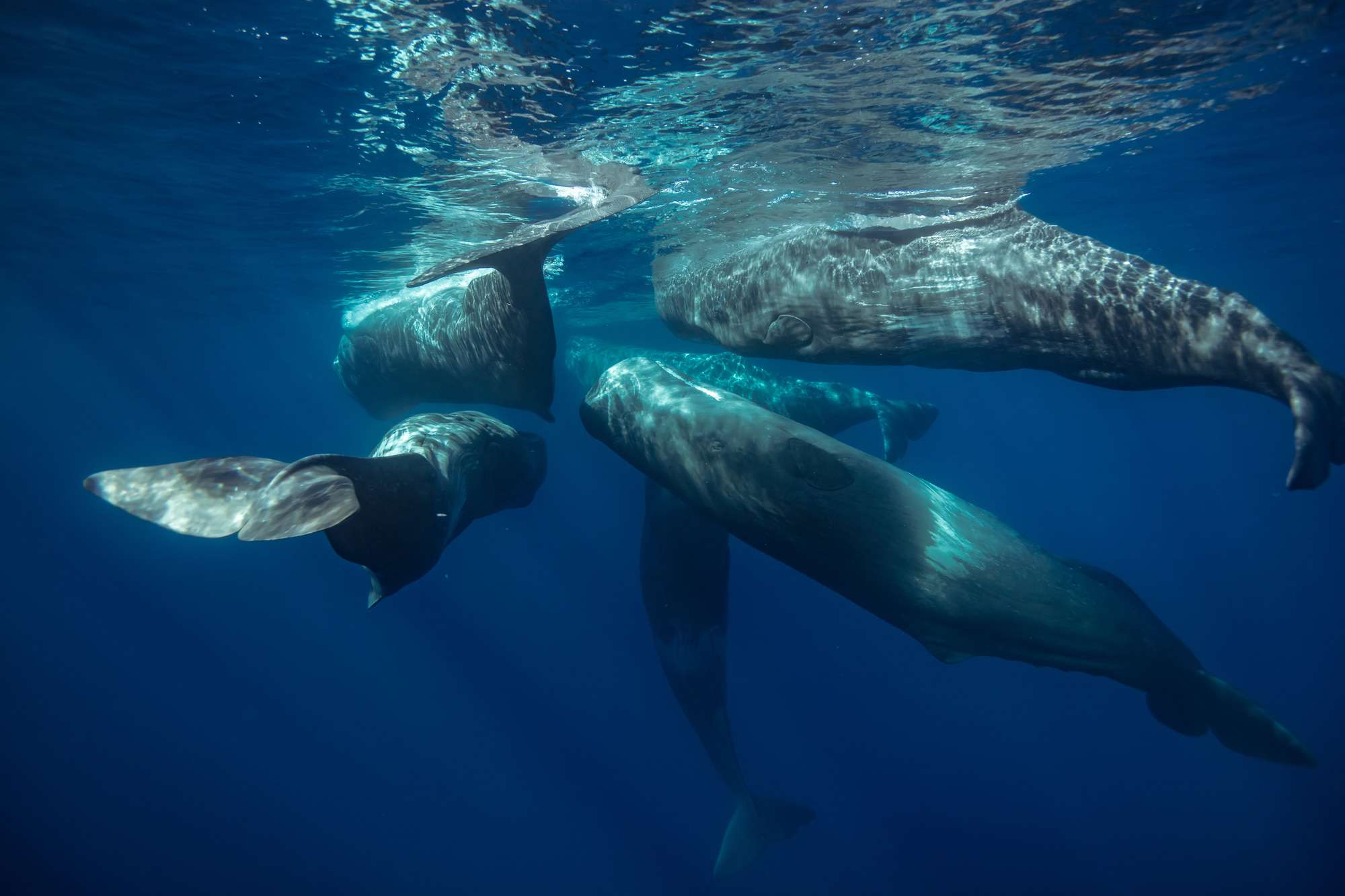
Male blue whales sing to attract potential mates during mating seasons. The louder and longer the song, the higher the chances of attracting a female.
Watch the Encounter with the 100-ft-Long Blue Whale
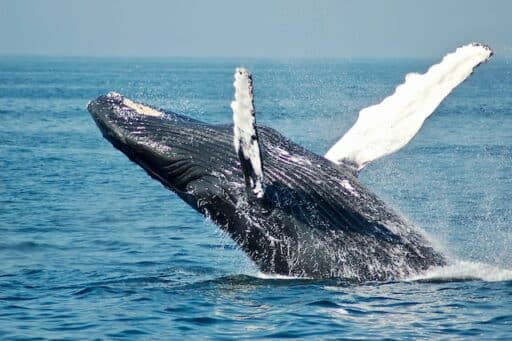
Threats to the Blue Whale

Despite their size, blue whales face several threats. The primary threat comes from human activities:
Ship Strikes:

Collisions with large vessels can be fatal for blue whales. As shipping lanes overlap with whale migratory routes, the chances of such accidents increase.
Entanglement:

Fishing nets and gear pose a significant threat. Whales can get entangled in them, leading to injuries or even death.
Climate Change:

Changes in sea temperatures affect krill availability, the primary food source for blue whales. A decline in krill populations can directly impact blue whale numbers.
Conservation Efforts
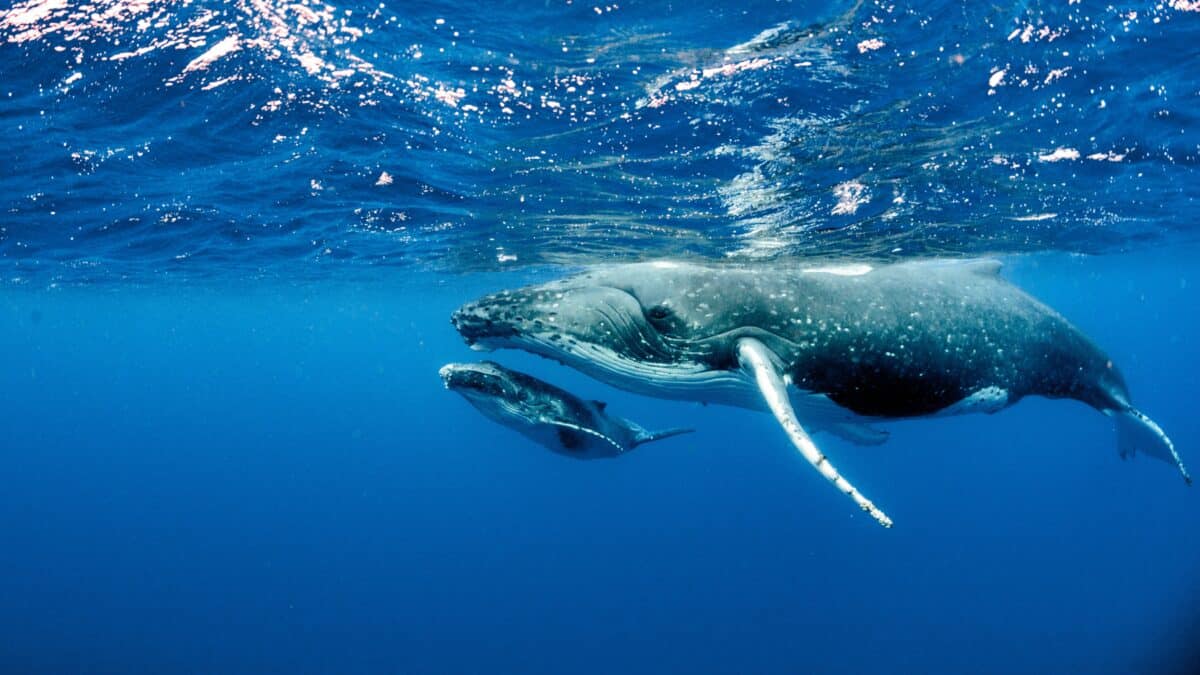
Thankfully, there are ongoing efforts worldwide to protect and conserve blue whales. These include:
Marine Protected Areas:

Designating specific regions as protected areas ensures that blue whales have a safe environment to thrive.
Ship Speed Restrictions:
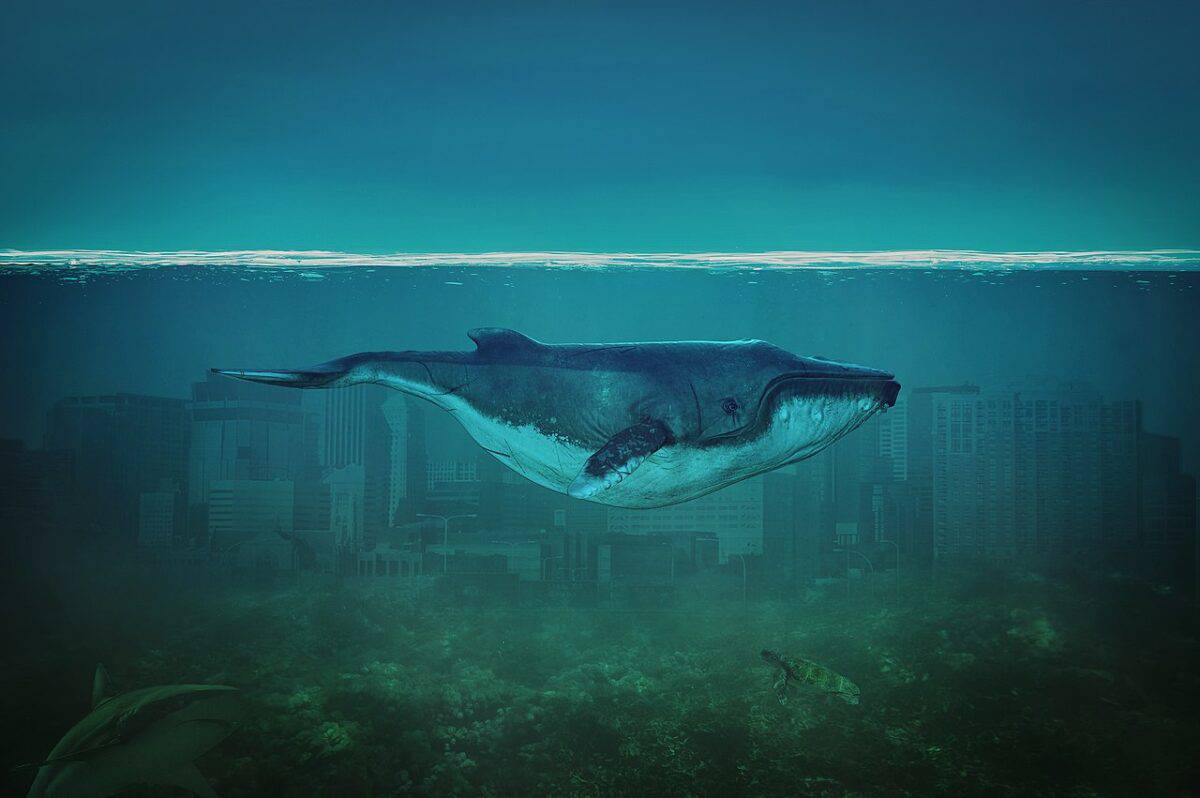
The chances of collisions are reduced by regulating the speed of ships in areas frequented by blue whales. Image by derfotoartist, CC0, via Wikimedia Commons
Public Awareness:
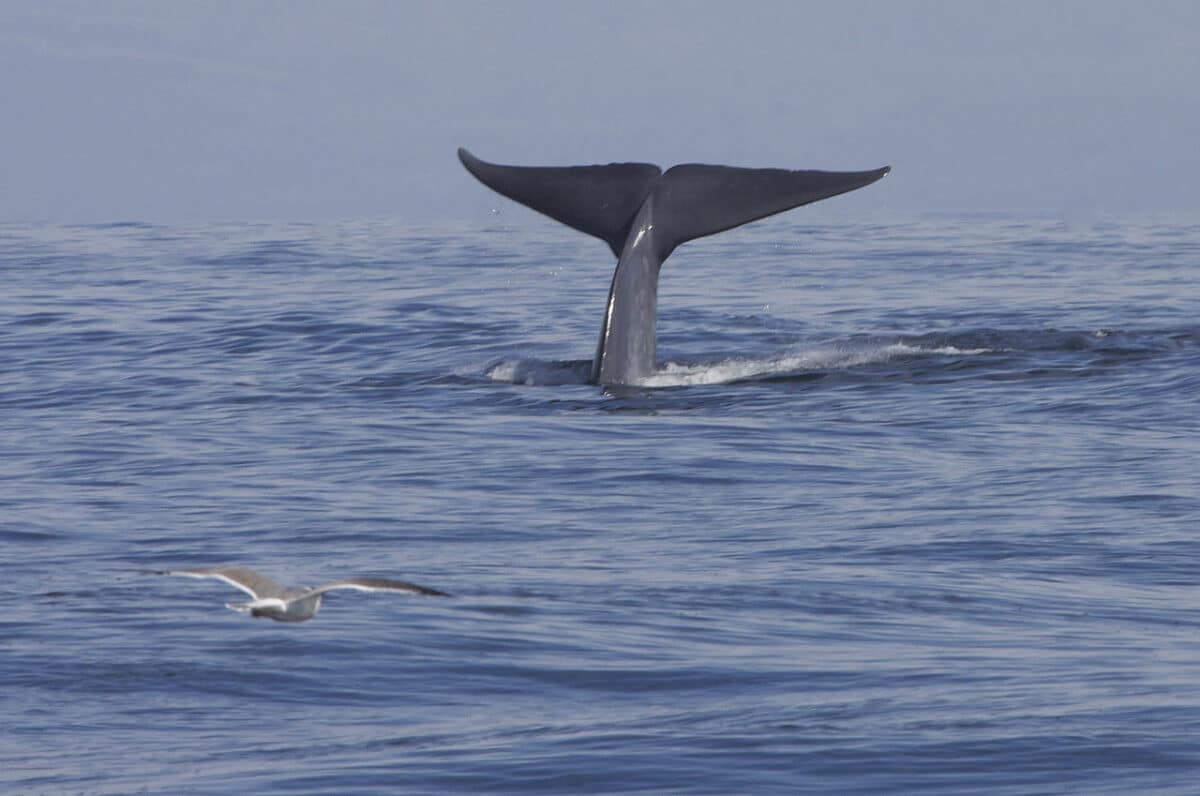
It is crucial to educate the public about the importance of blue whales and the threats they face. The more people know the more they can help in conservation efforts.
In Conclusion

The encounter with the 100-foot-long blue whale serves as a reminder of the wonders of the natural world. With their mesmerizing songs and sheer size, these gentle giants deserve our respect and protection. As we continue to explore the oceans, let’s ensure that we do so responsibly, ensuring that future generations also witness the majesty of the blue whale.
Thank you for following along with this article –
Next up in the animal kingdom
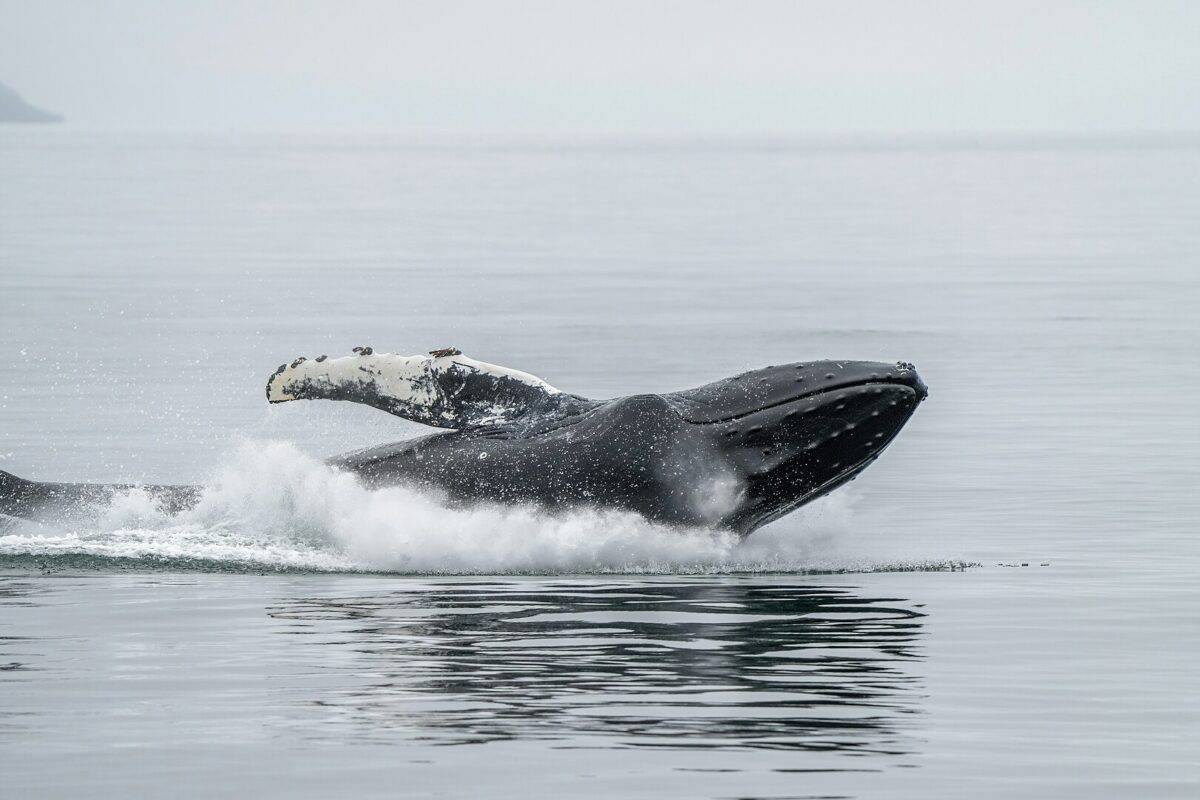
- 100 Whales Released from Russian Whale Jail
- Meet the Man that Has Been Friends With Tiger Shark For 22 Years
- Rare Whale Dies After Potential Whale-Watching Boat Strike
- Giant Whale Discovery Challenges Blue Whale Record
Join our Forum for free today!

- 400-Pound Therapy Llamas named Beni and Prince Ease Travelers’ Stress at Portland International Airport - July 22, 2024
- Woman Captured Howling with Gigantic White Wolf in Beautiful Footage - July 22, 2024
- Florida Police Urge Public to Stop Taking Selfies with ‘Depressed’ Black Bear off Highway 98 in Santa Rosa Beach - July 22, 2024

